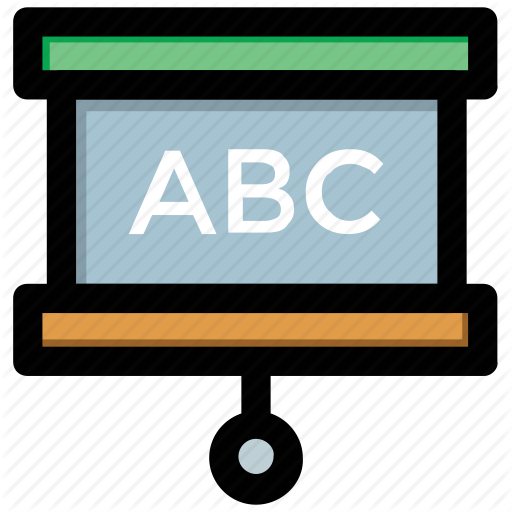Implementing grammar materials during English classes
Abstract
Teaching grammar has been regarded as crucial to the ability to use language. Grammar skills will help learners to organize words and messages and make them meaningful. Knowing more about grammar will enable learners to build better sentences in speaking and writing performances.For this reason, this article introduces different ways in integrating grammar into the English classes. For example, grammar can be taught in listening, speaking, writing, and reading classes interactively and interestingly, it will be easier for students to acquire knowledge about grammar.
References
The Internet TESL Journal. Teaching Grammar in an ESL/EFL Setting. [consultation:19/09/04], 2004
OUP Teachers’ Club. Individual Freedom in Languge Teaching. [in line] file: // A: Teachers’ Club Articles. Fluency. [consultation:04/05/03]
Teachers’ theories in grammar teaching. ELT Journal Volume 53/3 July 1999. OUP.
Self-perception and practice in teaching grammar. ELT Journal Volume 55/1 January.OUP.
Carter,R and Mc.Carthy M. (1995). Grammar and the Spoken Language. Applied Linguistics. Vol.16. No.2. OUP.
Davies, P and Pearse, E. (2002) OUP Teachers’ Club. Success in English Teaching. A: teachers’ Club. Success in English Teaching. htm. [consultation: 19/09/04].
Leech G and Svartvik J. (1989). A Communicative Grammar of English. Pueblo y Educación Editorial. Havana City.
Harmer, Jeremy, The Practice of Language Teaching, UK: Longman Handbooks for Language, Teachers, 1987
Harmer, Jeremy, How to teach English, UK: Longman Group, 1997
Thornbury, Scott, How to Teach Grammar, Longman, 1999
Vizental, Adriana, Metodica predării limbii engleze, Editura Polirom, 2008

In submitting the manuscript to the International Journal on Integrated Education (IJIE), the authors certify that:
- They are authorized by their co-authors to enter into these arrangements.
- The work described has not been formally published before, except in the form of an abstract or as part of a published lecture, review, thesis, or overlay journal.
- That it is not under consideration for publication elsewhere,
- The publication has been approved by the author(s) and by responsible authorities – tacitly or explicitly – of the institutes where the work has been carried out.
- They secure the right to reproduce any material that has already been published or copyrighted elsewhere.
- They agree to the following license and copyright agreement.
License and Copyright Agreement
Authors who publish with International Journal on Integrated Education (IJIE) agree to the following terms:
Authors retain copyright and grant the International Journal on Integrated Education (IJIE) right of first publication with the work simultaneously licensed under Creative Commons Attribution License (CC BY 4.0) that allows others to share the work with an acknowledgment of the work's authorship and initial publication in this journal.





1.png)
